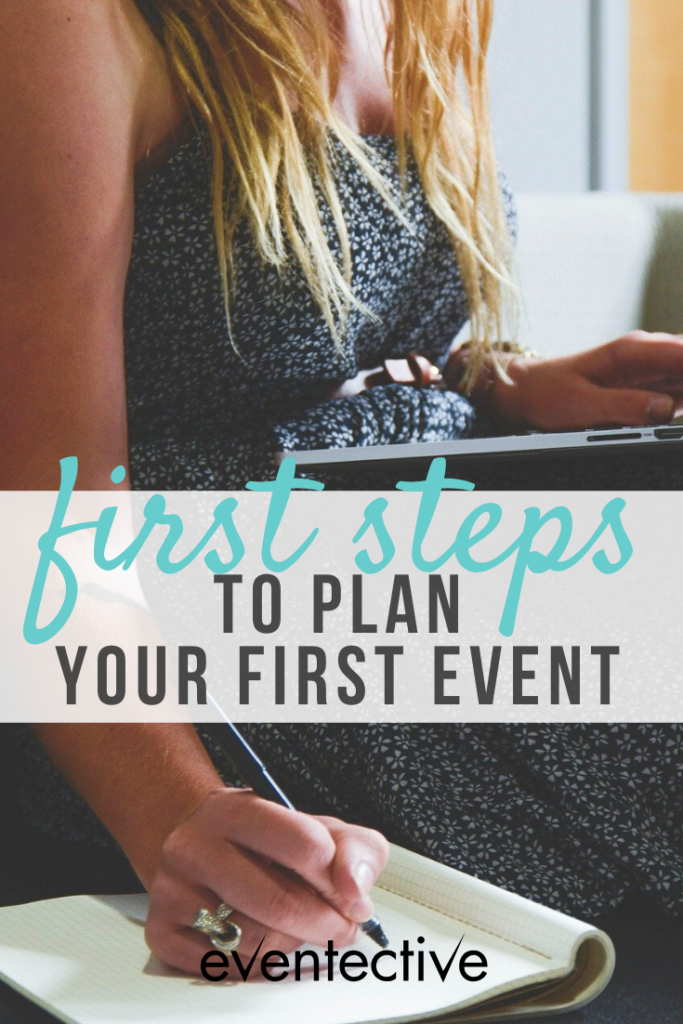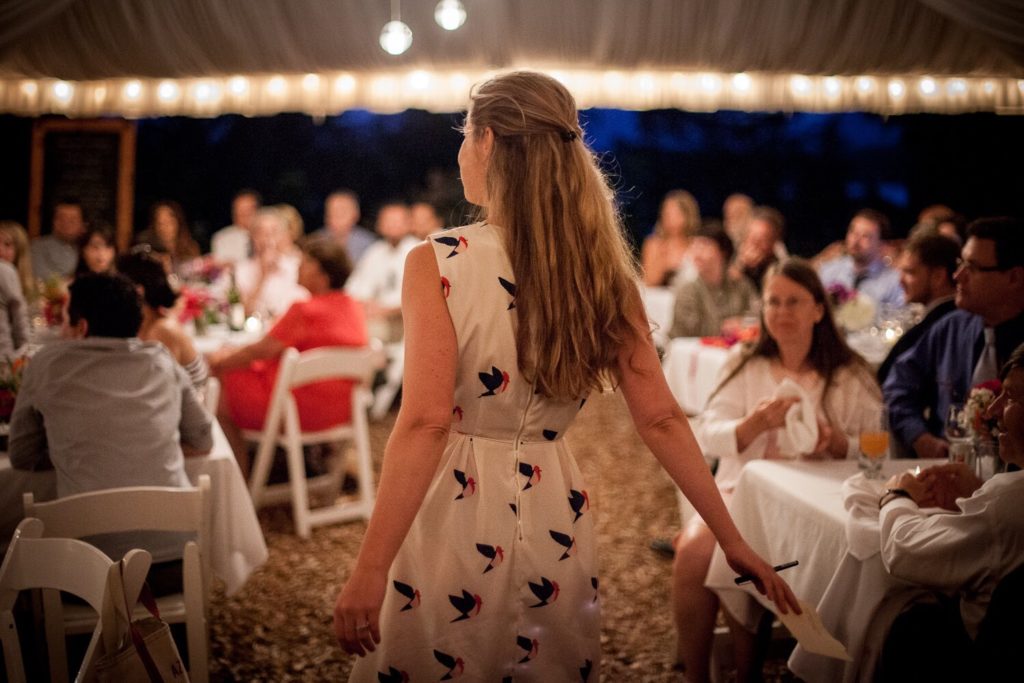
If you’ve already started planning your first event, you quickly realized how much work goes into event planning. Between booking the venue and sending invitations—all while staying on budget!—you might not know where to start. Whether you’re planning a friend’s bridal shower or a company meeting, every event planner needs to take the same first steps. Even first timers!
You can think of these first steps as pre-planning. You’re not actually planning details of the event, like the menu or color scheme. Instead, you’re establishing the parameters in which you can plan the event, like budget and company policies. Pre-planning makes event-related decisions easier, helps you stay within budget, and minimizes the need to go back and change direction down the road. All in all, it makes your first event less stressful!
Try not to rush through or skip the pre-planning steps—we promise they really do help! Give yourself a week or two to complete all the steps. If you don’t have that much time, dedicate a few hours during one day to check them all off as best you can.
Step #1
Identify Key Stakeholders

Ask yourself: Who do I need approval from?
As you begin planning your first event, who else should be involved? Or, put another way, who do you need approval or financial support from? People from both of these categories should be included in both the pre- and actual planning—though their degree of involvement may vary.
For example, you may need to include your BFF as you plan her bridal shower. If you’re footing the bill, you’ll still want to coordinate other details, like theme or gift registry, with her. But if you’re sharing the cost with your BFF’s mom or other bridesmaids, they need to be involved as well—at very least regarding the budget.
Bonus Tip: When planning an event for a guest of honor, ask how involved they want to be.
The same goes for any corporate event, too. If you need approval from a manager, event-planning committee, or financial supervisor—include them early on. You may need to work more closely with certain stakeholders (like your BFF) than others (like a financial supervisor). That’s totally normal! Not every stakeholder needs to be involved in every discussion. It’s only important that they are involved in relevant discussions.
Step #2
Determine the Non-negotiables

Ask yourself: What’s the last thing I’ll compromise one?
Once you’ve established the key stakeholders for your first event, work with them to determine your event’s priorities. What can’t you compromise on, and what can you—even if you don’t want to? Common priorities are budget, date, and location.
Bonus Tip: Number your priorities from most important to least important, so you know where to compromise during the planning.
Let’s say your company meeting has to be during September, so there’s enough time to set next year’s goals. That’s a non-negotiable, and you’ll want to look for venues that are available during that month. Or maybe your BFF has a venue in mind. Its availability will determine the date, capacity, and budget for the shower.
Step #3
Establish a Budget

Ask yourself: How much is available to spend?
With your key financial stakeholders on board and priorities in-hand, determine how much money is available for the event. Then, set a bottom-line budget that’s less than your maximum spend. This gives you a buffer, in case unforeseen costs come up.
Bonus Tip: Ticket prices are also based on overall event cost—usually inflated to generate revenue. Always know how many tickets you need to sell to break even.
All events should have a bottom-line budget. For larger, more complex events, that bottom line should be broken down into smaller categories. For example, how much of that budget is available for food? What portion covers the venue, transportation, or marketing? A detailed budget prevents over-spending. Smaller events won’t need as many categories, although you should still break the budget down.
Step #4
Set the Capacity

Ask yourself: How many people are invited?
For invite-only events, you should have a general headcount. Headcounts are the language of caterers and venues—the number of attendees determines how much food you order, or what size room you need.
Bonus Tip: Public events should have a max capacity based on attendance history and competitor attendance rates.
At this early stage, it’s OK to have a range, and not a specific number. Smaller events should have a smaller range, while larger ones can have a larger range. If your BFF wants to invite about 25 people to her shower, your range would be 20-25 (because not everyone who is invited will come). A larger company-wide event might have a range from 200-250 or even 1,200-1,300.
Step #5
Start Shopping

Ask yourself: What is my vision for this event?
Now that you know your budget, priorities, and collaborators—it’s time for the fun part! You can begin shopping for venues, vendors, and everything in between. Start with your top priority from Step #2 and work your way down the list. (While staying within your budget, of course!) Don’t forget to get approval when you need it, too.
If you’re unsure what your first event should look like, browse our blog for inspiration or Pinterest boards to wake up your creativity. You might find it helpful to choose a theme, like a Beauty and the Beast bridal shower. Or a woodland-themed baby shower. And if your event vision is set in stone—talk directly with multiple vendors and venues via Eventective. Filter by distance, reviews, budget, or capacity to quickly narrow down your results.
Conclusion
Planning any event is a lot of work—whether it’s your first event or fiftieth! However, pre-planning eases some of the stress, and sets your event up for success before you even start planning. Don’t skip them—and don’t be afraid to re-asses them, either! A priority you set three months ago might change, or it might not. The most important thing is that you know what your priorities are.
What is the most difficult part about planning your first event? What other tips would you like?

